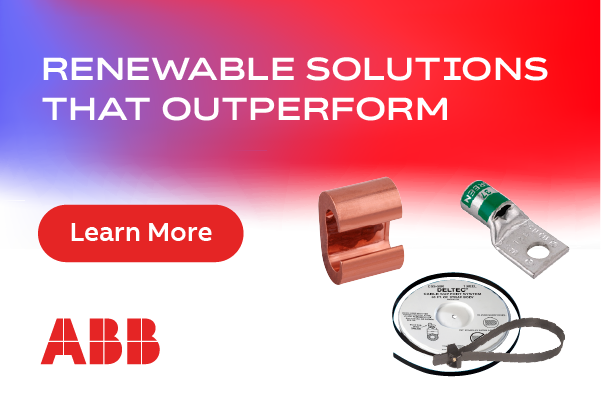Choosing the Right Concrete Wedge Anchor
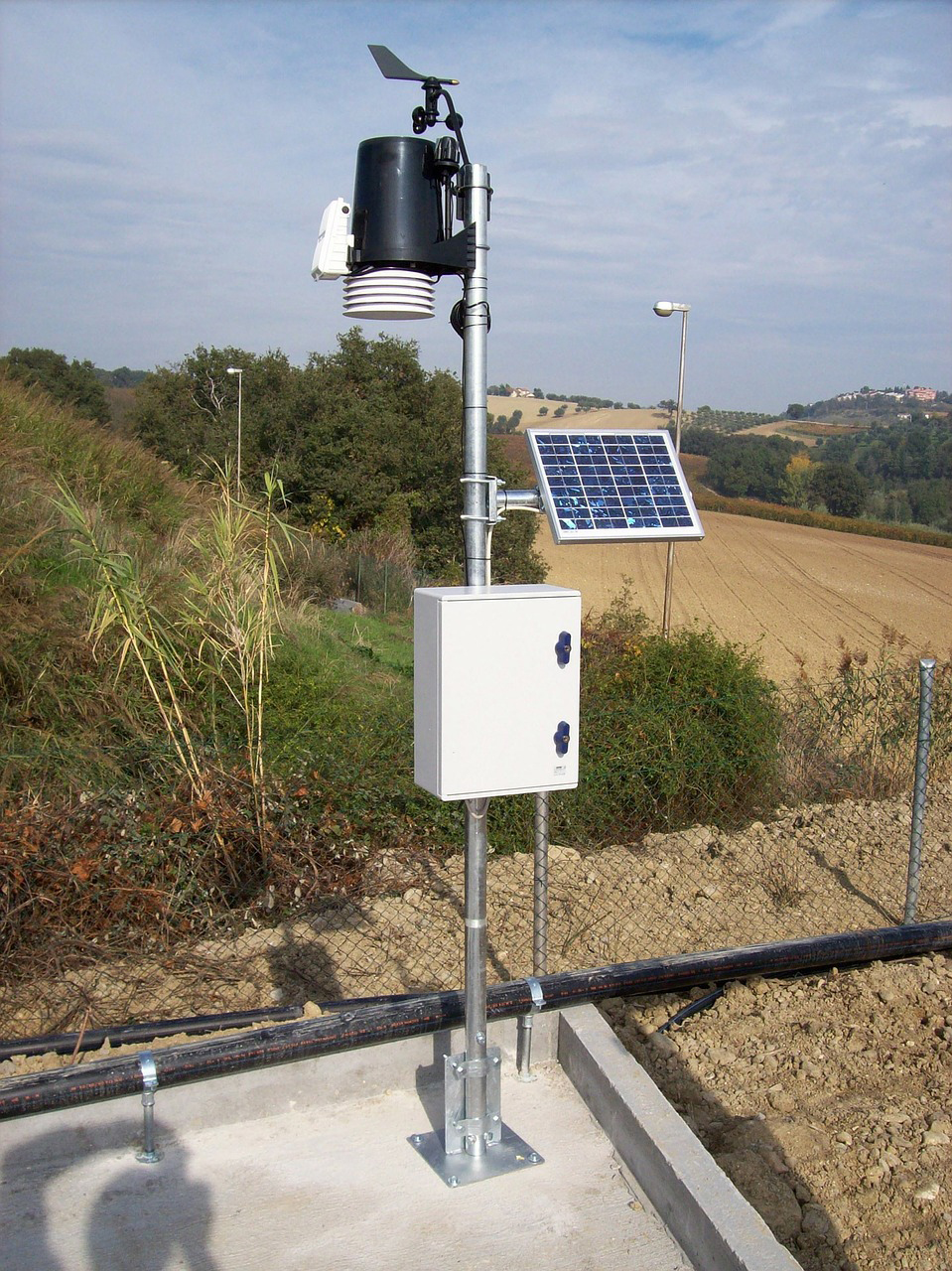 When you use the right tools, you end up saving money. This may seem obvious, but something as basic as choosing the correct fasteners for your solar project makes a big difference when it comes to staying on budget, or going over. The costs of constructing and maintaining solar equipment are dictated, to some extent, by environmental conditions, the length and weight of the solar equipment that will be fastened, and the material of the base into which it will be attached. When the solar apparatus will be anchored to concrete, wedge anchors are the logical choice.
When you use the right tools, you end up saving money. This may seem obvious, but something as basic as choosing the correct fasteners for your solar project makes a big difference when it comes to staying on budget, or going over. The costs of constructing and maintaining solar equipment are dictated, to some extent, by environmental conditions, the length and weight of the solar equipment that will be fastened, and the material of the base into which it will be attached. When the solar apparatus will be anchored to concrete, wedge anchors are the logical choice.
Wedge anchors are manufactured using materials that will best meet the environmental conditions of the application. Your choice of anchor is critical if you want to avoid the rust and corrosion that can happen over time. If the environmental conditions surrounding the solar equipment are dry (indoors), then carbon steel zinc plated wedge anchors would be a good choice. Should the environment of the solar apparatus produce moisture (outdoors), using carbon steel hot dipped galvanized wedge anchors could prevent rust.
Wedge anchors are manufactured in different diameters and lengths, to meet the need for various holding strengths. The larger the diameter of the wedge anchor, the larger the holding value. The length of the wedge anchor will depend on the thickness of the material to which the solar equipment will be fastened.
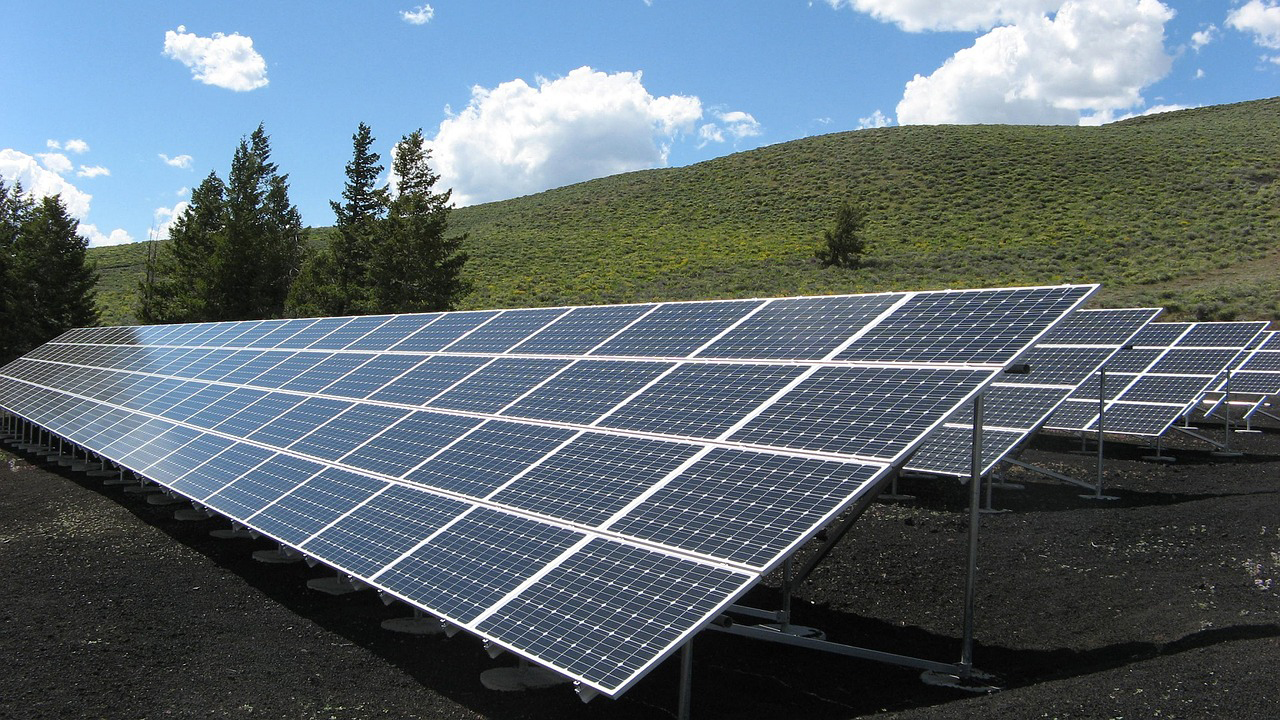
Concrete wedge anchors come in various sizes and strengths:
- They are available in zinc plated carbon steel for indoor dry applications, hot-dipped galvanized for moist outdoor applications, 304 stainless steel for wet outdoor applications, and 316 stainless steel for use in corrosive atmospheres.
- They are manufactured in diameters ranging from ¼ to 1-1/4 in.
- They are offered in anchor lengths that range from 1-3/4 to 12 in. (depending on the diameter).
- They are packaged with the proper size and quantities of nuts and washers (for additional savings).
It's important to consider the environmental demands of the end installation. In moist environments, careful judgment is critical to ascertain whether stainless steel or hot dipped galvanized wedge anchors would provide the longer lasting corrosion resistance.
Wedge Anchor Comparisons:
304 Stainless Steel Wedge Anchors
-Used in submerged, wet environments
-Used only in solid concrete
-Spacing between each anchor must be more than 10 anchor-diameters apart
316 Stainless Steel Wedge Anchors
-Used in caustic, wet and/or moist atmospheres
-Used only in solid concrete
-Minimum distance from an unsupported edge is five anchor diameters
Hot Dipped Galvanized Wedge Anchors
-Used in moist environments
-Used only in solid concrete
-Holding value depends on diameter of wedge anchor and depth of embedment; the hardness of concrete base material increases holding value
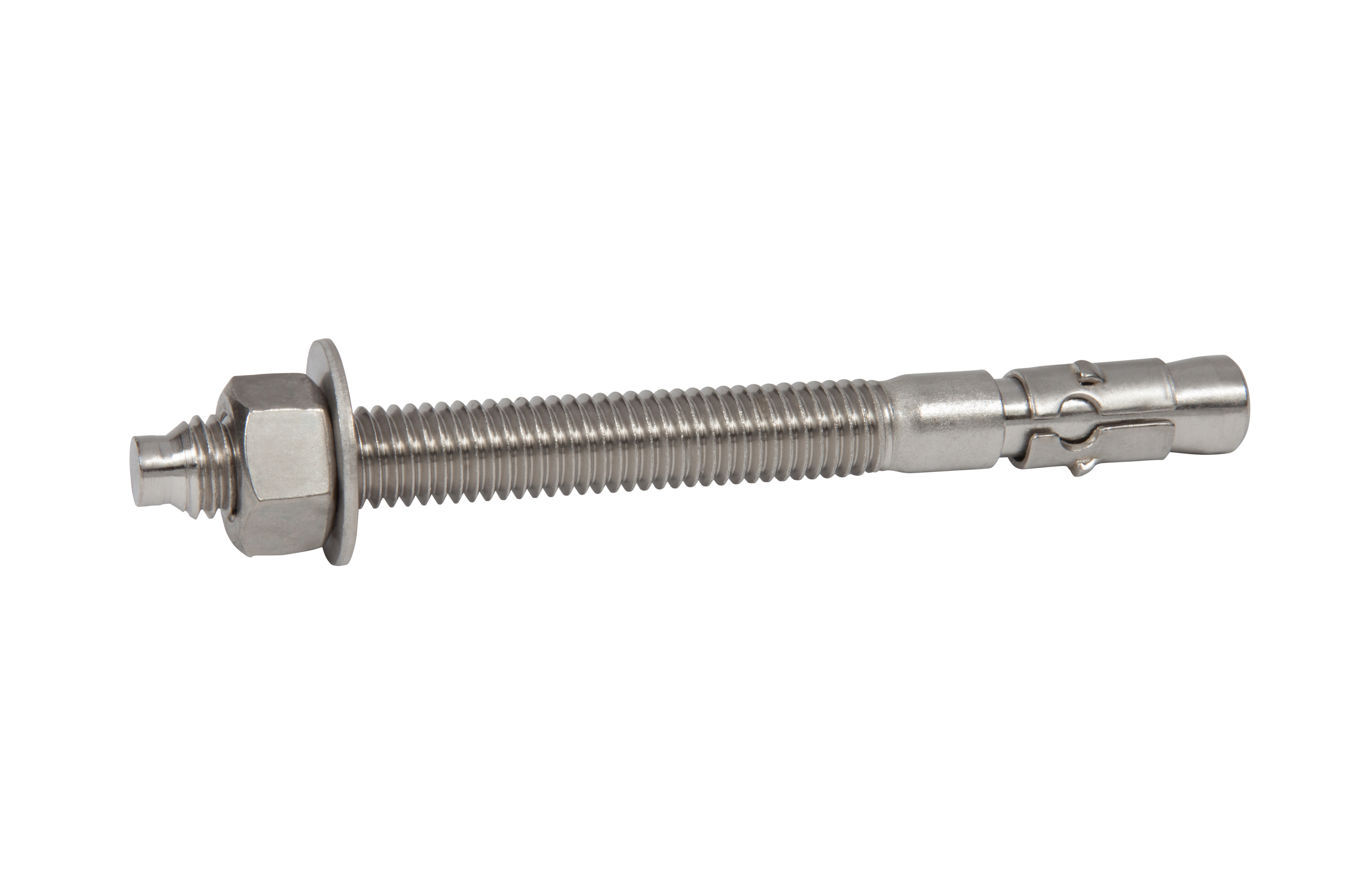
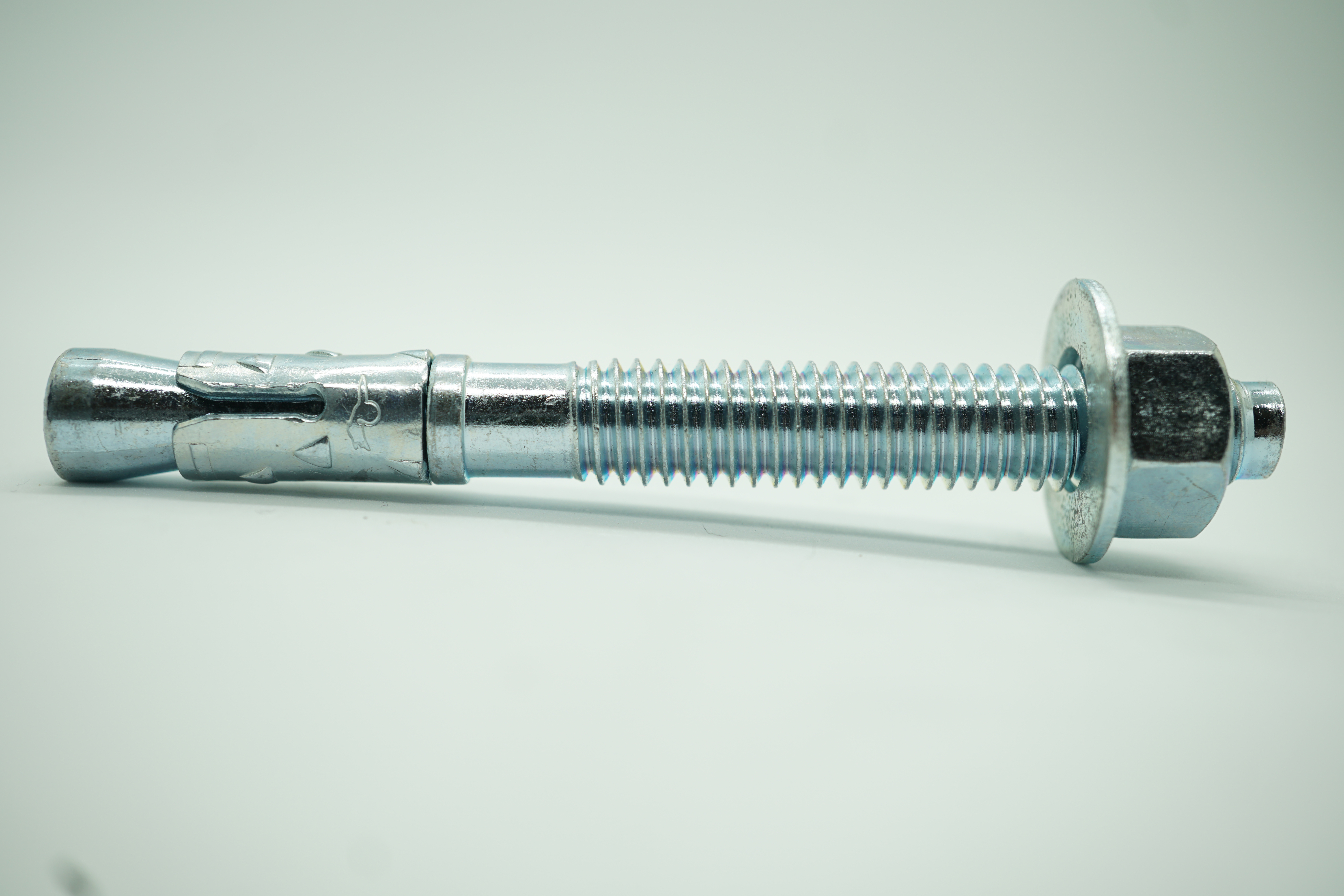
Concrete wedge anchors come in nine different diameters, ranging from 1/4" to 1-1/4". Each diameter is available in different lengths, from 1-3/4" in the 1/4" diameter to 12" long (in all diameters larger than 1/2").
Determining Diameter
The diameter of the concrete wedge anchor used for a particular application depends on the weight of the object being fastened, on the diameter of the hole size in the object being fastened, and on any specifications of diameter recommended by an engineer. The rule of thumb is that the larger the diameter, the better the holding values.
The Correct Length
The length of the concrete wedge anchor used is based on the thickness of the material being fastened, plus the embedment depth of the concrete wedge anchor into the concrete. Each diameter of concrete wedge anchor has a minimum embedment depth (the depth the anchor must be inserted into the concrete) to obtain minimum holding values. Adding the minimum embedment of the diameter of concrete wedge anchor being used to the thickness of the material being fastened, plus the thickness of the nut and washer, will give the minimum length of concrete wedge anchor needed.
Ordering online, direct from the manufacturer, reduces costs even further, withsavings of up to 70 percent over retail pricing. Other advantages include fast and free shipping, and being able to fill large quantity orders from a fully stocked inventory, without the need for backorders. Using the right part for the job is the key to overall project savings.
 Bob Carlisle has been president of Concrete Fastening Systems, Inc. for 29 years, and has been involved in the concrete anchor business since 1981. By working on jobsites as well as by meeting with engineers and architects, Bob has gained a wealth of information in the field of fastening to concrete. The website providews further information through videos that show anchor installation, product information and technical information related to the every product. Concrete Fastening Systems, Inc. sells its own brand of concrete fasteners under the name CONFAST
Bob Carlisle has been president of Concrete Fastening Systems, Inc. for 29 years, and has been involved in the concrete anchor business since 1981. By working on jobsites as well as by meeting with engineers and architects, Bob has gained a wealth of information in the field of fastening to concrete. The website providews further information through videos that show anchor installation, product information and technical information related to the every product. Concrete Fastening Systems, Inc. sells its own brand of concrete fasteners under the name CONFAST
Concrete Fastening Systems| www.confast.com
Volume: 2018 May/June









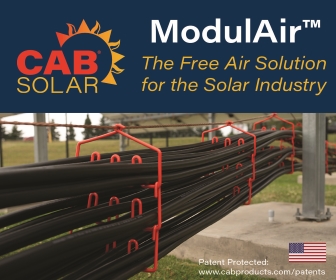
.png?r=9694)

